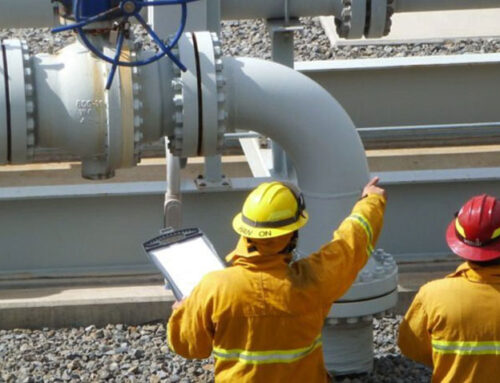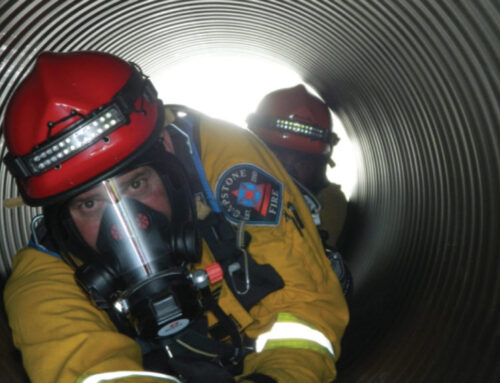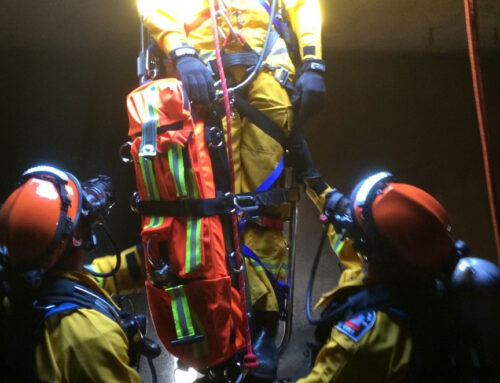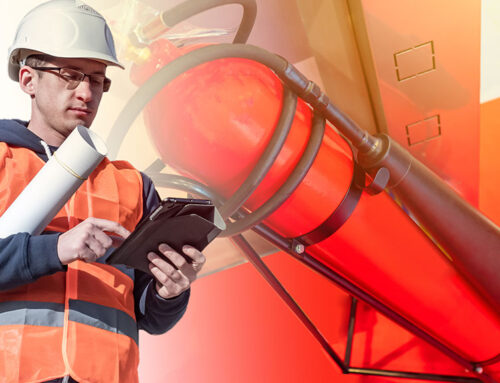Just days ago, an organization that monitors the weather patterns and determines how those contribute or diminish the risk of a wildfire in areas throughout the Southwest United States published an article that declared 2020 to have a higher fire weather risk than 2019. Experts that create the annual Energy Release Composition have determined that 2020’s risk of wildfire is significantly greater than it was in 2019 at this time of year.
This means a couple of things: that we need to act as if a major wildfire will break out at any time, and that we need to work harder to prevent a fire from starting in the first place. The risk of a wildfire in the Southwest United States is always greater than it would be in—say, Florida (for obvious reasons). But that doesn’t mean that the risk of a wildfire is so imminent that we can only accept it as a likely reality in our near future. That is to say, that we can’t sit around and do nothing to prevent a fire under the assumption that it would come anyway.
The data that determines the risk of a fire in the Southwest United States comes from dozens of fire weather stations located throughout the geographic area. These professionals monitor things like precipitation and heat to determine what the risk might be in a certain area, and then compile those averages to determine what the overall risk is for the entire geographic area of states like Arizona, New Mexico, Southern California, and even parts of Nevada and Utah. Fire weather stations also track the potential heat that a fire could burn at, determining its overall risk to the environment that is being monitored.
There are lots of things that you can do to prevent a wildfire from breaking out. You could start by applying flame retardant to certain parts of your home, work site, or business that could be at risk of being exposed to a wildfire (say, if you live close to a lot of brush or are working at a work site at the edge of a city). You would be surprised how many fires end up damaging homes or businesses that are caught too close to an area that is at higher risk for wildfires. Over the last few years, homes in some of Southern California’s most exclusive neighborhoods have been damaged for this very reason.
From there, work with organizations like Capstone Fire to determine potential risks on your property or around your work site. Sometimes it can be something as simple as working with tools that could create a spark too close to brush that could catch a whole mountain on fire. Other times it could be a bit more complicated, requiring you to update your home’s electrical wiring or do some significant landscaping to assure that a tree doesn’t come too close to power lines. In many cases, this poses a greater risk than you would think.






